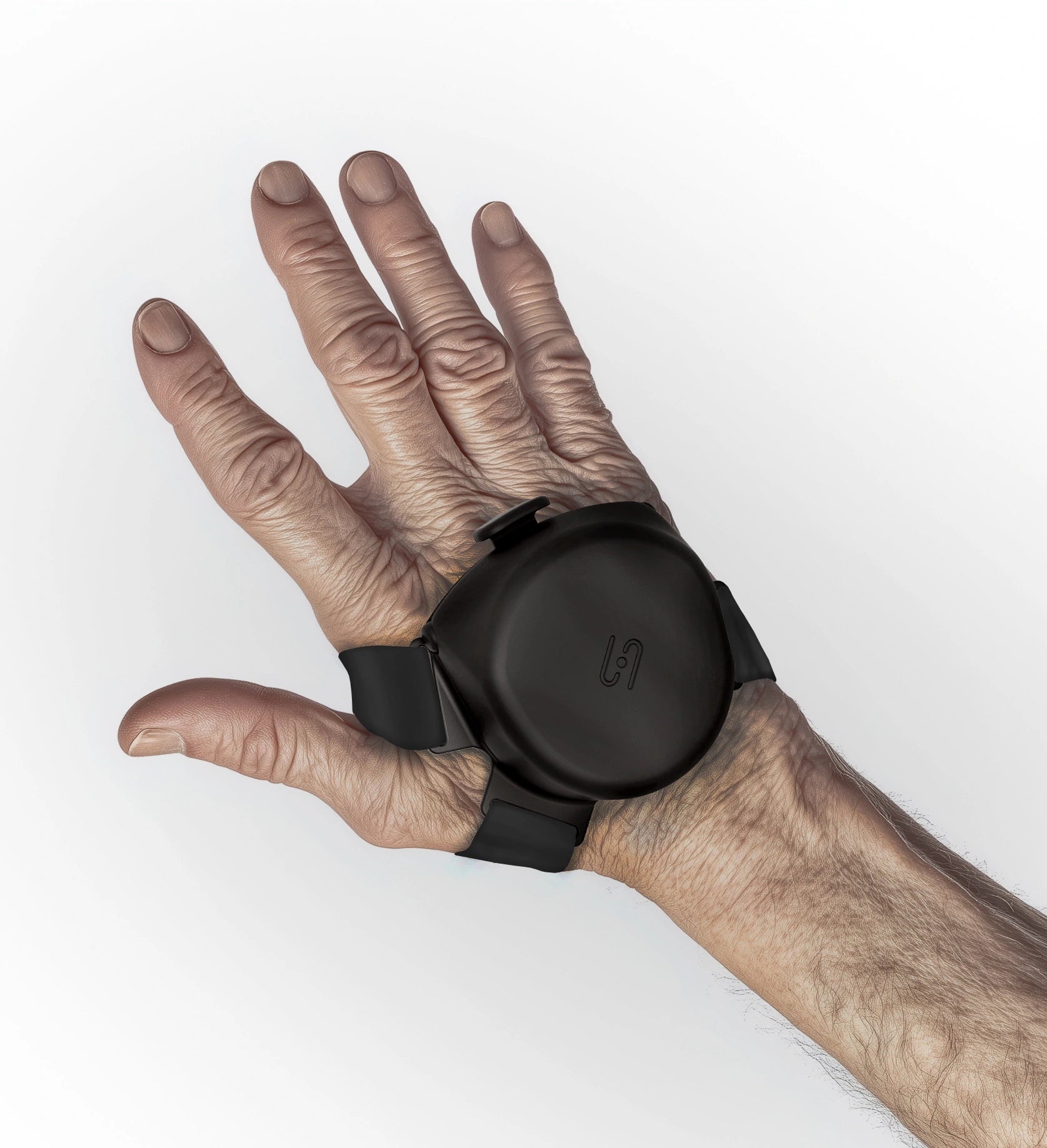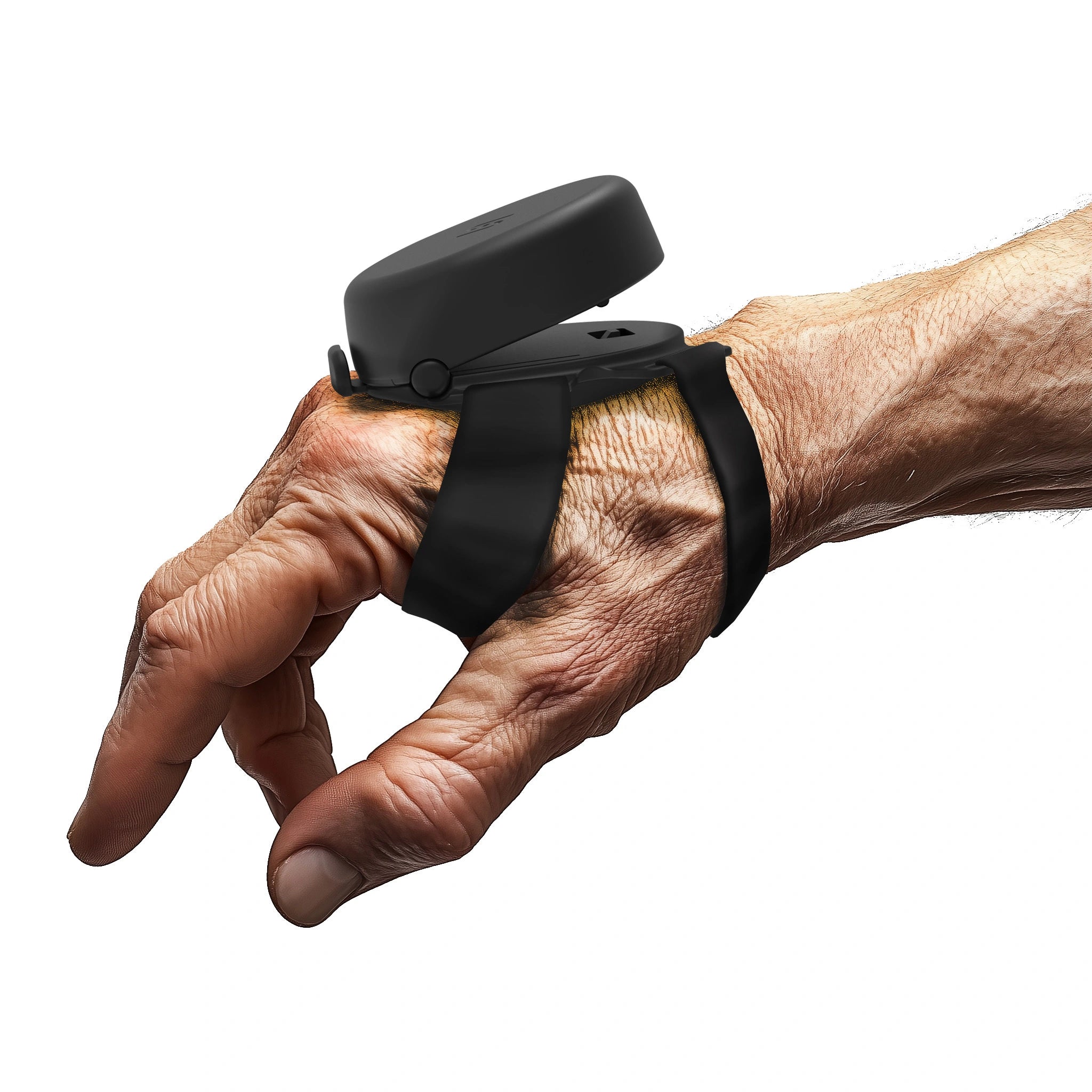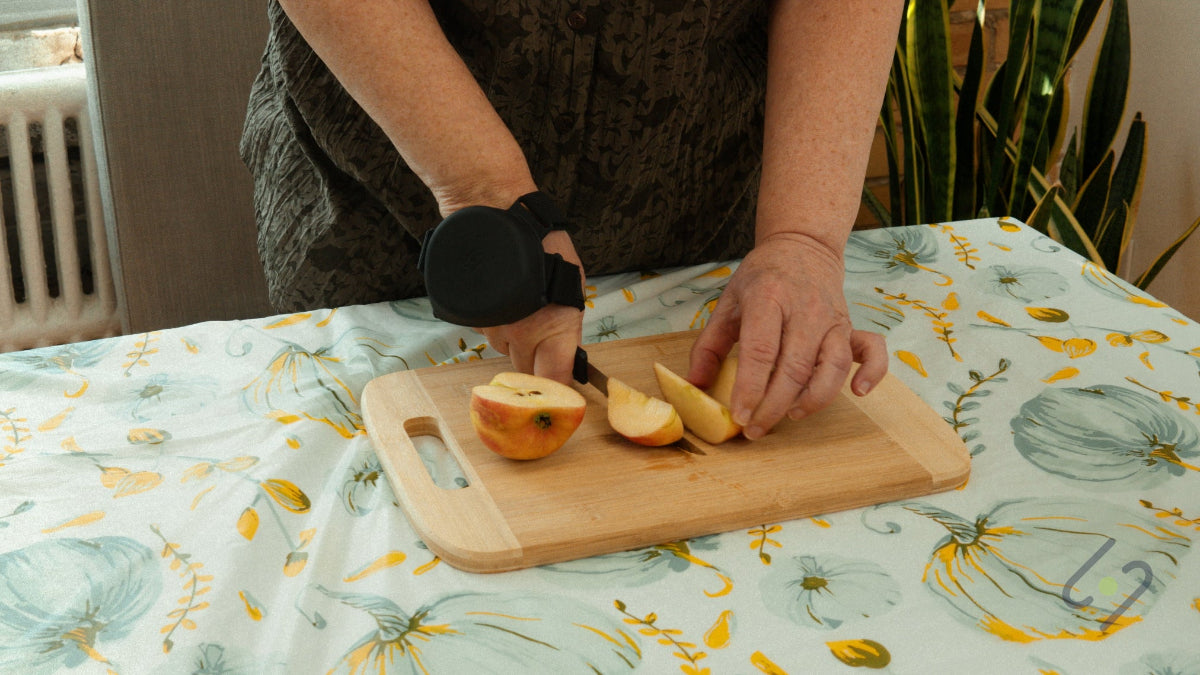
What is Parkinson's Disease?
Parkinson’s Disease is a long-term neurological disorder that primarily affects movement. It develops when nerve cells in a specific region of the brain, known as the substantia nigra, are damaged or die. These cells produce dopamine, a chemical messenger that helps regulate movement, coordination, and other vital functions.
As dopamine levels decrease, individuals begin to experience difficulties with smooth and controlled movements. This condition is progressive, meaning Parkinson's Disease symptoms worsen over time.
But what causes Parkinson’s Disease? While the exact cause is not fully understood, researchers believe that a combination of genetic and environmental factors may contribute to its onset. The condition affects millions of people worldwide and typically begins after the age of 60, though younger individuals may also be diagnosed with early-onset Parkinson’s.
If you or a loved one is living withParkinson’s Disease, you're not alone. Recognizing the early signs of parkinson's symptoms and accessing the right support can make a meaningful difference.

Origins of Parkinson’s Disease
Parkinson’s Disease was first formally described in 1817 by British physician Dr. James Parkinson in his essay An Essay on the Shaking Palsy. He described key Parkinson's Disease symptoms like tremors, muscle rigidity, and slow movement, leading to the condition being named after him. However, historical records suggest similar Parkinson's symptoms were recognized as early as 5000 BCE in Ayurvedic medicine and in ancient Greek and Chinese texts.
Modern research has linked Parkinson’s Disease to dopamine deficiency and neuron degeneration in the brain's substantia nigra. While the exact cause remains unclear, scientists believe a combination of genetic and environmental factors contributes to its development. Ongoing research continues to uncover more about this complex condition.
For more details on the research, visit the Michael J. Fox Foundation's website: www.michaeljfox.org.
What causes Parkinson's Disease?
Loss of dopamine-producing neurons
Parkinson’s Disease develops when dopamine-producing nerve cells in the substantia nigra, a part of the brain responsible for movement control, gradually break down or die. Dopamine is essential for smooth and coordinated muscle movements. As its levels decrease, Parkinson's Disease symptoms, such as tremors, rigidity, and slow movement, begin to appear. Scientists are still investigating what triggers this neuron loss.
Environmental triggers
Exposure to environmental toxins has been linked to an increased risk of developing Parkinson’s Disease. Pesticides, herbicides, heavy metals, and industrial chemicals may contribute to nerve cell damage over time. Studies suggest that individuals who have long-term exposure to these substances, such as farmers, welders, or factory workers, may be at higher risk. However, not everyone exposed develops the disease, indicating that additional contributing factors are involved.
Genetic factors
Although most cases of Parkinson’s Disease are not inherited, about 10–15% are linked to genetic mutations. Specific genes, such as LRRK2, PARK7, PINK1, and SNCA, have been associated with an increased risk. While these mutations do not guarantee that someone will develop the disease, they play a role in its onset, particularly in early-onset Parkinson’s Disease cases
Daily activity with Parkinson's Disease
At Steadiwear, we are committed to enhancing the lives of individuals with Parkinson’s Disease. Our innovative Steadi-3 glove is designed to stabilize hand movements, allowing you to perform daily tasks with greater ease and independence. Living with Parkinson’s Disease doesn’t have to mean struggling with simple activities. Discover how our solutions can help you regain control and maintain quality of life.
Parkinson's Disease symptoms
Parkinson's Disease symptoms develop gradually and vary from person to person, often starting with subtle changes before progressing. The most common motor Parkinson's symptoms include:
- Tremors, typically beginning in the hands or fingers
- Bradykinesia (slowness of movement), making daily tasks difficult
- Muscle rigidity causing stiffness and discomfort
- Postural instability, leading to balance issues and increased risk of falls
In addition to movement-related Parkinson's Disease symptoms, many individuals experience non-motor challenges such as sleep disturbances, loss of smell, depression, cognitive impairment, and autonomic dysfunction (affecting blood pressure, digestion, and bladder control).
These Parkinson's symptoms worsen over time, impacting daily life, but early diagnosis and proper management can help improve mobility and overall well-being.
How Steadiwear supports Parkinson's Disease patients

Tremor Reduction

Ultra-Lightweight Design

Non-Invasive

Battery-Free
Steadi-3 – Your Anti-Tremor Glove for Daily Independence







Steadiwear Inc
Steadi-3 – Your Anti-Tremor Glove for Daily Independence
Clinically tested glove that reduces hand tremors — battery-free and comfortable for everyday use.
- Stabilizes hand tremors instantly
- Battery-free & lightweight
- 30-day money-back guarantee

30-Day Money Back
Free Shipping
FDA Registered Device
1-Year Warranty
- Universal sizing: Our anti-tremor device is adjustable to meet your hand size. It is available for either hand and ensures an effective experience.
- Compact, Comfortable Fit: With its silicone and Neoprene foam straps, the Steadi-3 tremor-reducing glove is designed to fit securely without compromising comfort, allowing you to wear it throughout the day with ease.
- Automatic Adjustment: The Steadi-3 adapts to your tremor intensity automatically, providing consistent stabilization as your tremor level changes in real time.
- FDA-Registered for Safety: As an FDA-registered Class I medical device, the Steadi-3 tremor-reducing glove is a trusted, safe choice for reducing hand tremors.
- Slide your hand into the glove, ensuring it fits snugly around your palm.
- Tighten the fit by adjusting the velcro until it feels securely in place but still comfortable.
- Once the device is on, it will immediately calibrate itself to your tremor frequency, and starts stabilizing your hands
The Steadi-3 glove offers a simple, battery-free solution designed to provide immediate relief from hand tremors, helping you regain control over daily tasks with ease
In controlled evaluations, 84% of participants showed improved tremor control with Steadi-3 versus no device. 70% showed improvement over placebo, based on blinded neurologist assessments.
Warranty: We back our product with a one-year warranty.
Risk-Free Trial: With our 30-day hassle-free return policy, you can
test the Steadi-3 glove with confidence.
Regain Control: Combat hand tremors effectively with the trusted
Steadi-3 glove from Steadiwear.
Please be aware that all returns are subject to a restocking fee of $83 USD or $117 CAD per unit to cover shipping, returns, customs and fulfillment. This fee will be deducted from your refund in the case of a return request.
If your healthcare provider recommends an assistive device to help manage hand tremors caused by a specific medical condition, you may be able to use your Flexible Spending Account (FSA) or Health Savings Account (HSA) to pay for the Steadi-3 tremor glove.
Learn more here
Frequently Asked Questions






